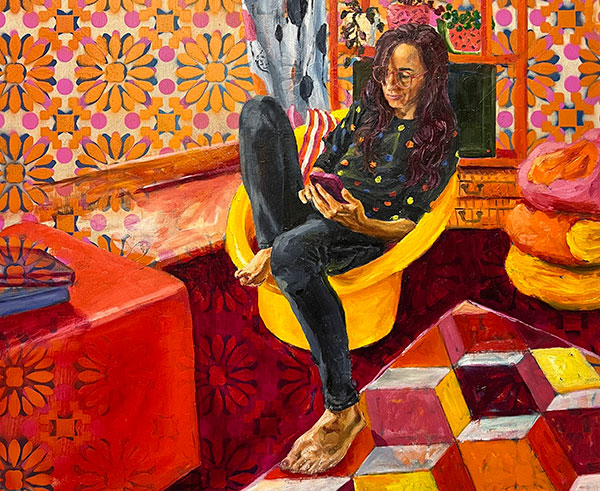Key Scientific Findings.
For the artists in the SICK AF Collective, art making is part of their healing journey. And science supports what many artists have always known — that creativity heals.



Cognitive & Motor Rehabilitation >
Art-making stimulates neuroplasticity – the brain’s ability to rewire itself – supporting improvements in attention, memory, and executive functioning. Fine motor skills and hand-eye coordination can also strengthen through repeated creative tasks.
Community & Belonging >
Sharing creative work supports social connection and combats isolation. Participating in group art programs can foster validation and peer support in ways clinical care alone may not provide.
Emotional Expression & Processing >
Art provides safe, non-verbal ways to express feelings that may be difficult or overwhelming to articulate. This can support emotional regulation and mental wellbeing.
Improved Health Outcomes >
Across numerous studies, art engagement has been linked with reduced depression and anxiety, increased rehabilitation participation, shorter hospital stays, and enhanced overall wellbeing.
Nervous System Regulation >
Repetitive, sensory activities like drawing, stitching, or sculpting help regulate the autonomic nervous system. These calming actions can reduce stress, anxiety, and trauma symptoms by shifting the body out of a fight-or-flight state.
Pain & Symptom Management >
Focusing deeply on creative work can activate flow states – a focused, immersive experience that reduces the perception of pain and fatigue. This offers temporary relief and supports longer-term coping.
Resilience & Identity Reconstruction >
Making art can help rebuild a sense of self after illness, injury, or diagnosis. It fosters meaning, hope, and a renewed orientation toward the future.
Spiritual & Cultural Healing >
Art can connect people to personal or cultural symbolism, heritage, and spiritual meaning. This holistic dimension supports recovery across mind, body, and spirit.
.
.
.
.